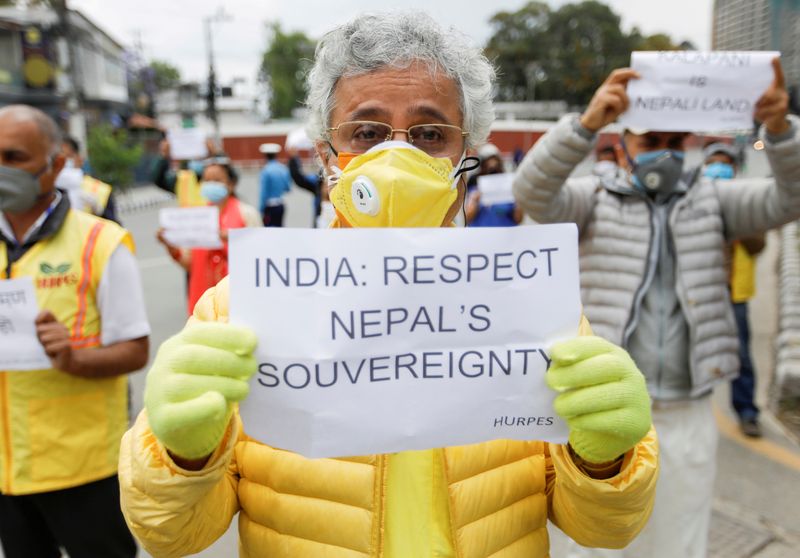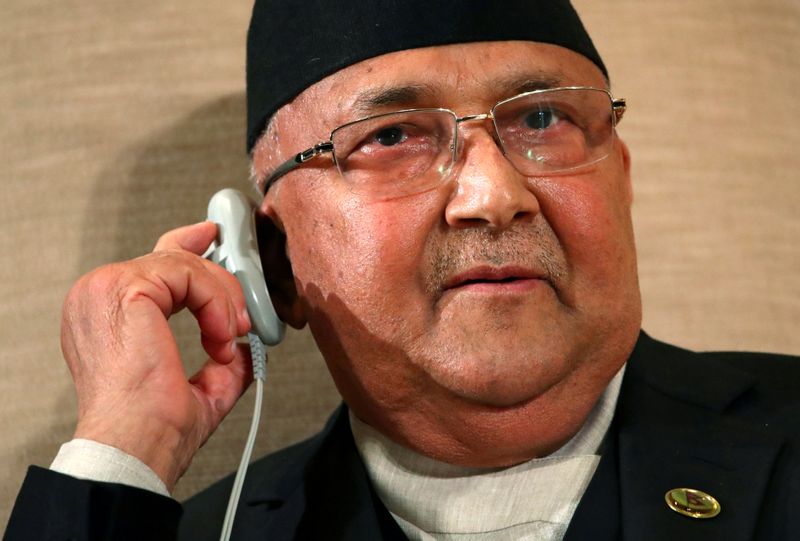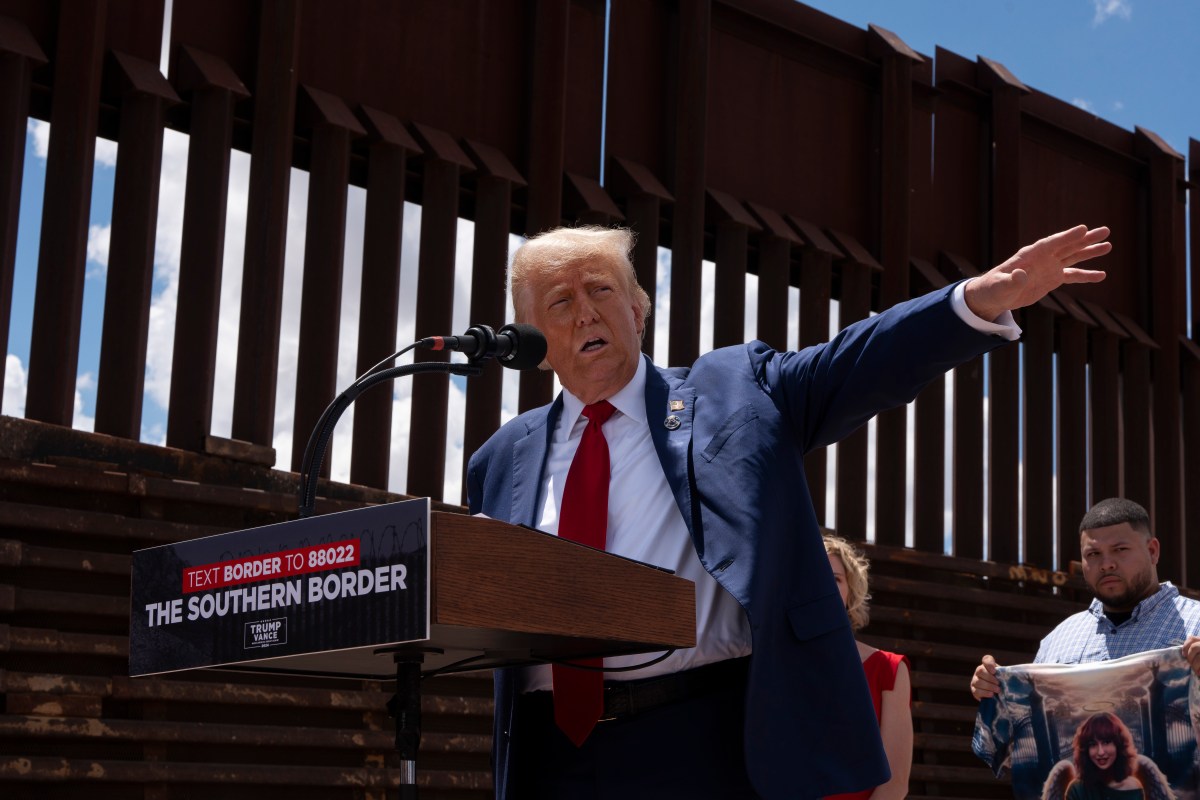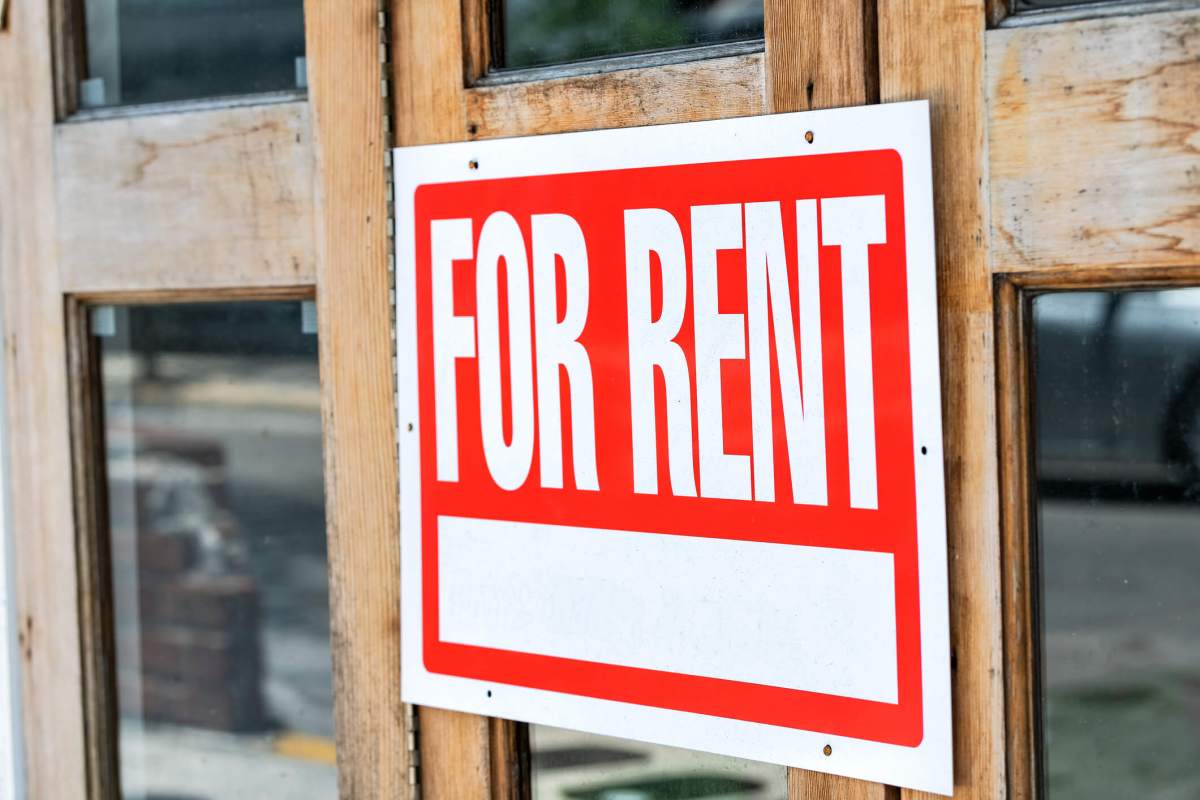KATHMANDU (Reuters) – The lower house of Nepal’s parliament on Saturday approved a new map of the country, including areas disputed with India, the speaker of the national legislature said.
The move signals a hardening of Nepal’s position over a decades-long border row that has strained ties between the South Asian neighbours.
India’s foreign ministry rejected Nepal’s new map, arguing that the addition of Indian territory is not based on historical fact or evidence.
“It is also violative of our current understanding to hold talks on outstanding boundary issues,” foreign ministry spokesman Anurag Srivastava said in a statement.
Nepal published its revised map in May after India inaugurated a 80 km (50 miles) road connecting its northern Uttarakhand state with Lipulekh on the border with Tibet that passes through the land Nepal says belongs to it.
The map shows a sliver of land on the northwest tip of Nepal as the Nepali territory.
Agni Prasad Sapkota, Speaker of Nepal’s House of Representatives, said the new map was approved by 258 out of 275 members of parliament, exceeding the required two thirds majority. There were no votes against.
The map must also be passed by the National Assembly, the parliament’s upper chamber, and approved by President Bidhya Devi Bhandari before it becomes a part of the constitution.
In the capital city Kathmandu, dozens of people painted the new map on a street and lit candles on it in celebration of Saturday’s decision.
Standing outside parliament after the vote, Prime Minister K.P. Sharma Oli held out the prospect of talks with India to resolve the dispute.
“It is a good thing that there is unity,” Oli told reporters. “Now there will be talks (with India).”
(Reporting by Gopal Sharma; Editing by Clelia Oziel)
























